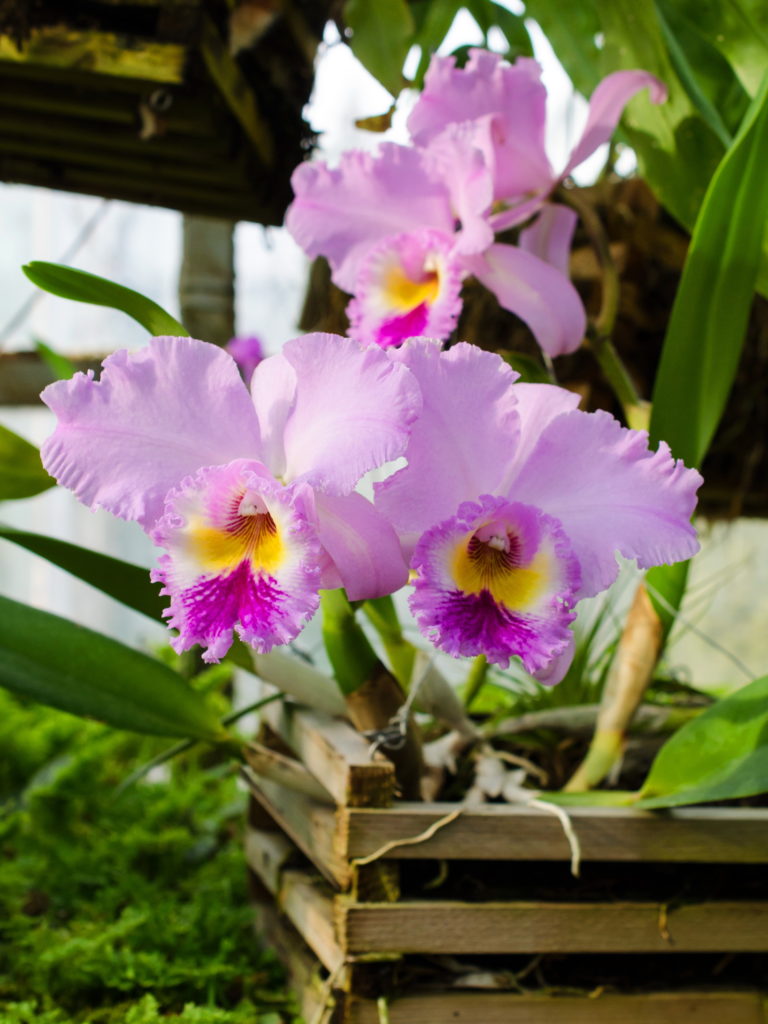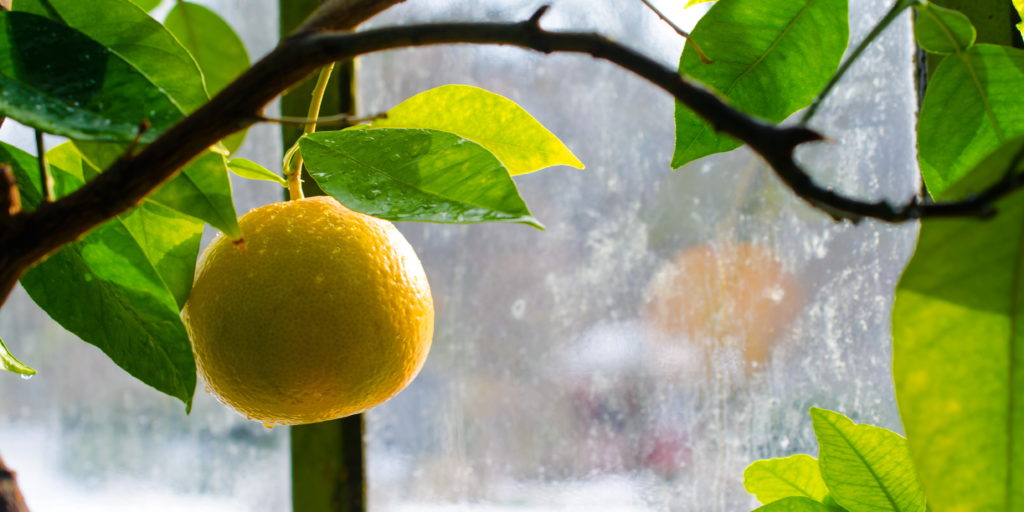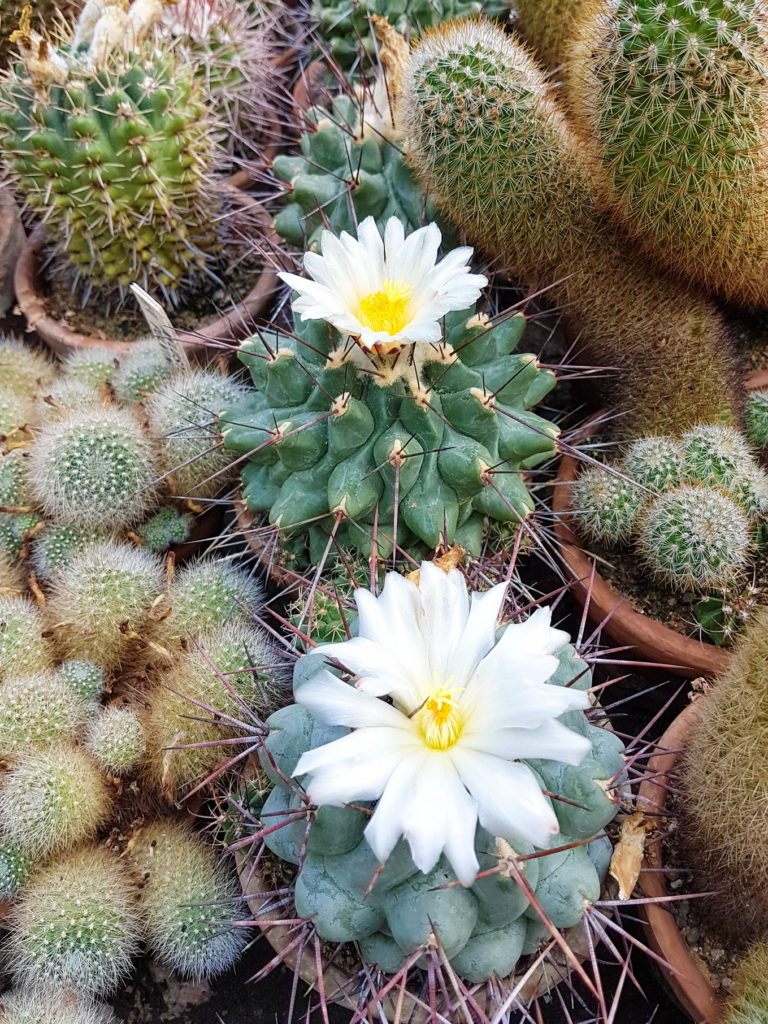The Greenhouse Complex

As a part of the Phytogeographical Sector, the Greenhouse Complex was built in 1960, includes six greenhouses and extends over 2000 m2.
The central lobby leads to the three greenhouses that are open to the public: on the left side is located the warm greenhouse with equatorial plants, on the right side, the palm trees greenhouse and in front, the Mediterranean and Australian plants greenhouse. On the right side of the latter, there are three other greenhouses which are not open to the public, containing plant collections used for research and for plant material exchange with other institutions around the world. The first greenhouse contains cacti and succulents, the next contains Bromeliaceae, Araceae, and Piperaceae and the last one contains a significant collection of ferns and tropical orchids.
Sera aquarium
It is one of the most interesting greenhouses and therefore the visitors’ favourite due to the lush tropical vegetation, where plants grow in a highly humid environment (92%) and at high temperatures (30-35 °C).
In the round basin one can admire, from early spring to late autumn, one of the largest species of water lily around the globe, Victoria cruziana, a plant that grows in the botanic garden of Cluj-Napoca since 1930. The greenhouse side panels house other interesting species such as the sugar cane (Saccharum officinarum), along with various decorative plants of the following genera: Croton, Cordyline, Strelitzia, Marantha or epiphytic ferns: Platycerium, Drynaria.
Palm trees greenhouse
The most imposing of the greenhouses, with a height of 16 m, consists of two compartments where the temperature varies between 18 and 25 °C, while the air humidity ranges between 45 and 60%. In order to provide a more accurate picture of the tropical vegetation, the greenhouse abounds with specific plants that create an exotic and luxuriant environment similar to the areas they originate from.

Elaeis guineensis – the oil palm, of East African origin, showcases its leaves in the centre of the compartment alongside species of Caryota, Livistona, Arenga. Of the 400 species of eucalyptus trees in Australia, Eucalyptus globulus (the southern blue gum) can be admired here.
In the centre of the second compartment, a few Phoenix canariensis (the Canary Island date palm) prompt the admiration of visitors by their appearance and age (over 145 years). At the end of the compartment the banana tree is easily noticed. The lush aspect of the greenhouse is complemented by other decorative species, namely: Bougainvillea, Clivia (the bush lily), Crinum, Haemanthus, along with palm tree genera: Washingtonia, Sabal, Trachycarpus, etc.

The Mediterranean and Australian plants greenhouse
This greenhouse houses evergreen plants from the Mediterranean region as well as from other geographical areas with similar climate (e.g. regions from Australia or Asia). On the right side, various Mediterranean plants delight the visitors: Myrtus communis (the myrtle), Olea europaea (the olive tree), Chamaerops humilis (the European fan palm or the Mediterranean dwarf palm), Quercus suber (the cork oak), along with plants of Asian origin: Cinnamomum camphora (the camphor tree – China, Japan, Vietnam), Cinnamomum zeylanicum (the true cinnamon tree – Sri Lanka).
Australian native plants are mainly grouped on the left side of the greenhouse. Of these, we only mention a few genera: Casuarina, Acacia, Brachychiton, Grevillea. The picture is not complete without India, China, or Japan native species. These are: Ficus, Pittosporum, Fatsia, Aspidistra and Hibiscus (the China rose).

Succulent plants collection
The succulent plants collection includes, alongside representatives of various plant families from arid climates, numerous cacti species. The scientific role of this collection is to ex situ preserve plants with clearly defined identity and to provide material to botanic gardens in mutual exchanges.
